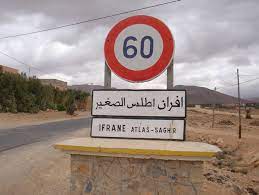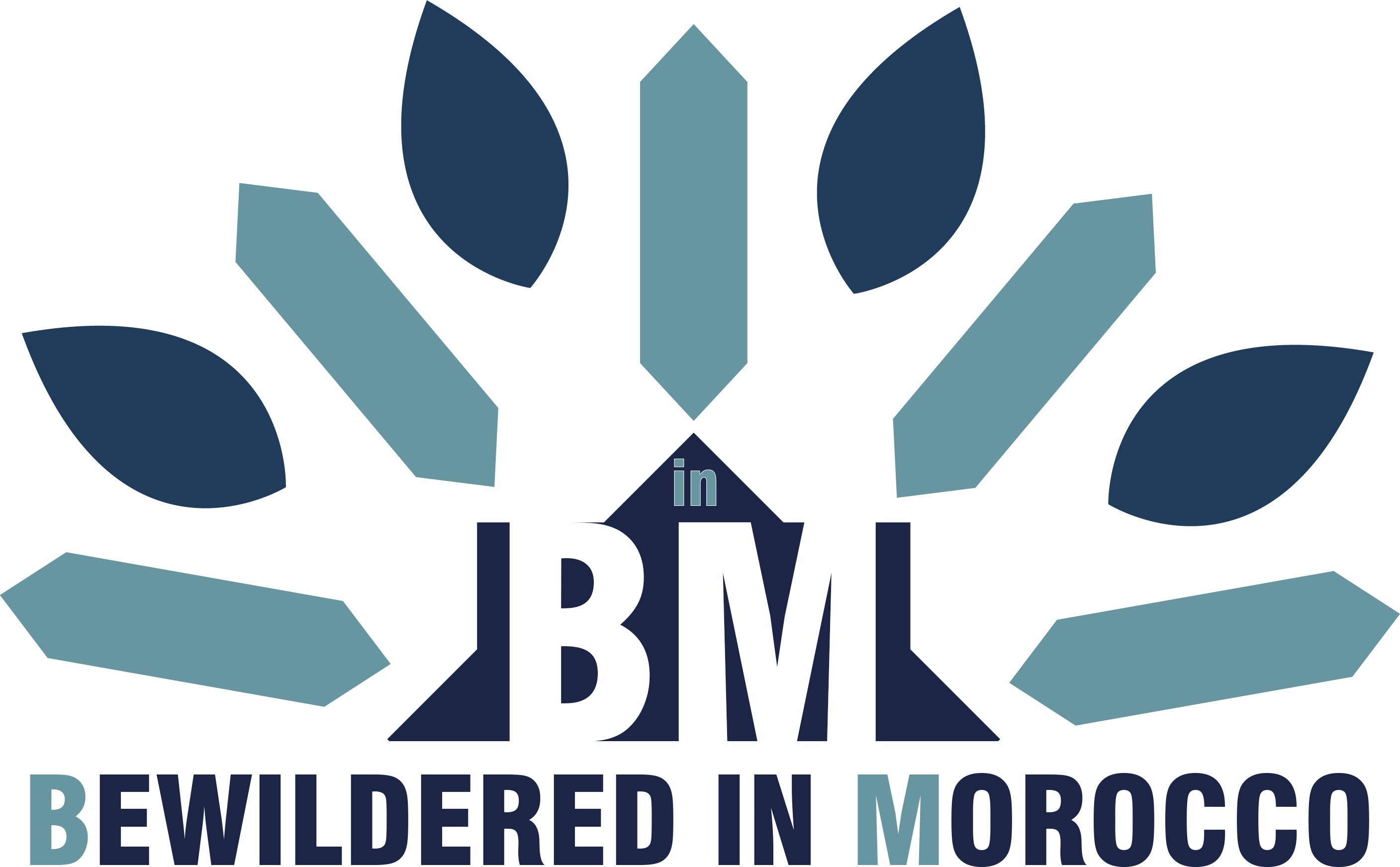When most people hear "Ifrane," they picture the Alpine-style town in the Middle Atlas—you know, the one everyone calls "Morocco's Switzerland." But there's another Ifrane that hardly anyone talks about, and honestly, that's exactly what makes it special.
Tucked away in the Anti-Atlas Mountains, Ifrane Atlas Saghir sits quietly in the Guelmim-Oued Noun region, far from the tourist crowds. So, is Ifrane Atlas Saghir worth visiting? If you're the type of traveler who gets excited about ancient synagogues, meaningful conversations with Berber families, and mountain trails where you won't see another soul for hours—then absolutely yes.
But let me be upfront: this isn't Marrakech. There are no luxury riads with infinity pools or trendy rooftop restaurants here. What you will find is something increasingly rare in Morocco: authenticity.
What Makes Ifrane Atlas Saghir Different?

First things first—let's clear up the confusion. Ifrane Atlas Saghir has nothing to do with that other Ifrane up north. No cedar forests, no skiing, no European vibe. Instead, picture this: rugged mountains the color of rust and honey, valleys so quiet you can hear your own thoughts, and villages where life moves at the same pace it has for centuries.
The landscape here belongs firmly to the Anti-Atlas—arid, dramatic, and beautiful in a way that sneaks up on you. Where the Middle Atlas Ifrane gives you lush greenery, this southern cousin offers raw, unfiltered Morocco.
A Journey Through Jewish-Moroccan Heritage
Here's what really sets this place apart: Ifrane Atlas Saghir was once home to a thriving Jewish community, and the traces of that history are still here, waiting to be discovered.
Walking through the village, you'll find ancient Jewish cemeteries where weathered stones tell stories in Hebrew. The restored synagogue stands as a quiet reminder of centuries of coexistence between Jewish and Berber communities. For anyone interested in Morocco's layered history—beyond the usual sultan-and-spice narrative—this is gold.
I find it moving how these sites are preserved. They're not fancy museums with gift shops. They're simple, dignified places that feel sacred. Some visitors come here specifically for pilgrimage, connecting with ancestral roots in these mountains.
The village itself was an important trading post historically, a crossroads where different cultures met and mixed. That heritage of openness and exchange? You can still feel it in how locals welcome visitors today.
Living Berber Culture (Not a Tourist Show)
Beyond the Jewish heritage, Ifrane Atlas Saghir gives you something equally precious: a window into authentic Berber village life.
The Berber people here aren't performing culture for tourists—they're just living it. You might share tea with a family in their home (and trust me, you'll drink a lot of sweet mint tea). You'll see women preparing traditional bread in outdoor ovens, kids playing in dusty streets, men gathering in the village square to talk and drink more tea.
The local market, when it's on, feels genuinely local. People are shopping for vegetables and household goods, not selling carpets to tourists. That's refreshing.
What I appreciate most is the warmth. Berber hospitality isn't just a cliché—it's real, and it's generous. People here seem genuinely curious about visitors and happy to share their world, even with language barriers.
Nature's Quiet Drama: The Anti-Atlas Landscape
If you love hiking and wide-open spaces, the area around Ifrane Atlas Saghir delivers.
The Anti-Atlas mountains aren't as famous as their cousins to the north, but they have their own stark beauty. The colors shift throughout the day—terracotta, amber, deep purple shadows. In spring, patches of green surprise you in unexpected places. Hidden oases pop up in valleys, creating these little pockets of life surrounded by rock and sky.
The hiking here ranges from easy valley walks to more challenging mountain trails. What you won't find are crowds or well-marked tourist paths with cafes every kilometer. Bring water, wear good shoes, and maybe hire a local guide who knows the area.
Camel rides are available too, if you want that classic Moroccan experience. There's something about moving slowly through this landscape on camelback that just works—you notice details you'd miss rushing past in a car.
The Practical Reality Check
Now, let's talk about what to actually expect, because managing expectations is key to enjoying Ifrane Atlas Saghir.
Accommodation and Infrastructure
This is a small village, not a resort town. You'll find guesthouses, small family-run hotels, and traditional riads—simple, clean, welcoming places where you might share breakfast with other guests and the owners. Book ahead, especially if you're visiting in spring or fall.
Don't expect luxury amenities. You're here for experience, not thread count.
The village itself is quiet. Some areas might have litter—it's a rural place dealing with modern waste without extensive infrastructure. But overall, the focus is on authenticity over polish.
When to Visit
Spring (March through May) and fall (September to November) are your best bets. The weather's mild, perfect for hiking without melting or freezing. Summer can get intensely hot, and winter nights can be surprisingly cold in these mountains.
Getting There and Around
Ifrane Atlas Saghir works best as part of a broader southern Morocco itinerary. It's not really a standalone destination—more like a meaningful detour that adds depth to your journey through the Anti-Atlas or Souss regions.
You'll need your own transport or a hired driver. This isn't a place you reach easily by public bus.
Who Will Love It (And Who Won't)
This village is perfect for:
- History buffs fascinated by Jewish-Moroccan heritage
- Culture seekers wanting genuine interaction with Berber communities
- Hikers and nature lovers who prefer empty trails
- Photographers chasing dramatic mountain landscapes
- Anyone tired of crowds and tourist infrastructure
This village is NOT ideal for:
- Families needing lots of activities and amenities for kids
- Luxury travelers expecting resort-style comfort
- Anyone seeking nightlife, shopping, or urban energy
- People who prefer highly organized, tour-group travel
So, Is Ifrane Atlas Saghir Worth Visiting?
Here's my honest answer: yes, but only if you come with the right mindset.
If you expect convenience, extensive services, or easy entertainment, you'll be disappointed. But if you're willing to slow down, embrace simplicity, and open yourself to a quieter kind of travel experience, Ifrane Atlas Saghir offers something increasingly rare—a chance to step outside the tourist Morocco and into something more real.
The Jewish heritage sites provide historical depth you won't find in most guidebooks. The Berber villages offer cultural exchange that feels genuinely mutual rather than transactional. The landscape gives you space to breathe and think.
Will it be your favorite stop in Morocco? Maybe not. But will it give you stories and memories that stand apart from the usual travel hits? Almost certainly.
Ready to Explore Beyond the Guidebook?
Morocco has layers—so many layers. Places like Ifrane Atlas Saghir remind us that the country's magic isn't just in its famous cities and tourist attractions. Sometimes the most meaningful travel moments happen in quiet villages where no one's trying to sell you anything except maybe another glass of tea.
Have you visited off-the-beaten-path destinations in Morocco? Or are you planning a trip to southern Morocco and wondering if places like Ifrane Atlas Saghir should make your list? Drop a comment below—I'd love to hear your thoughts or help with your travel planning!
